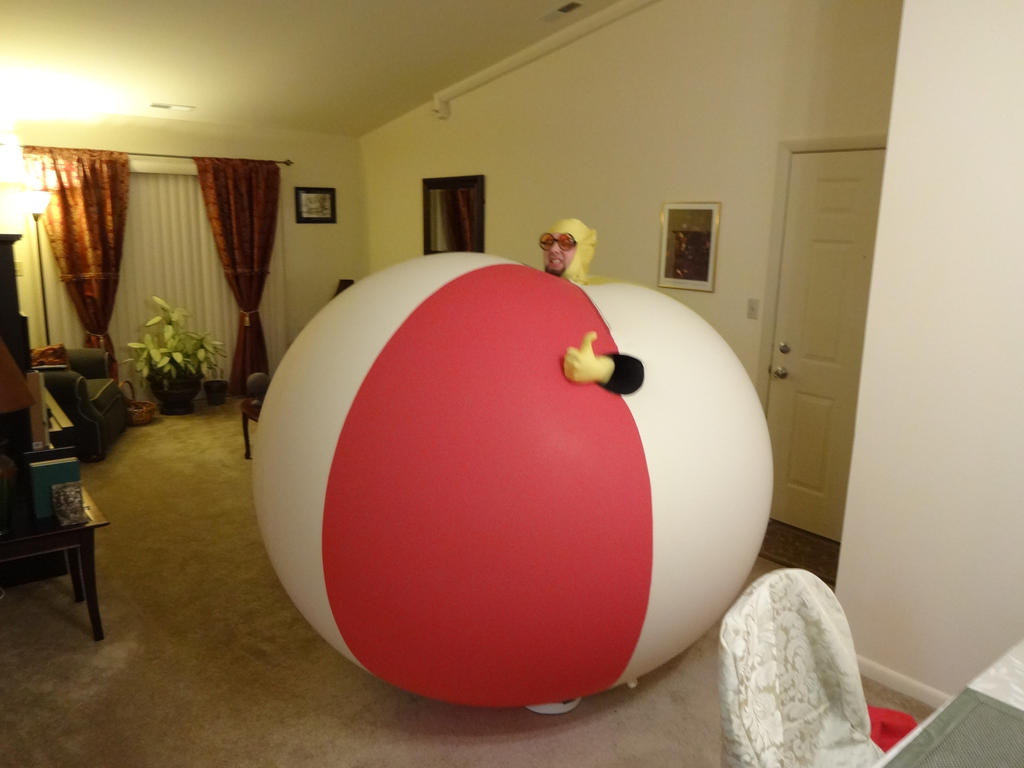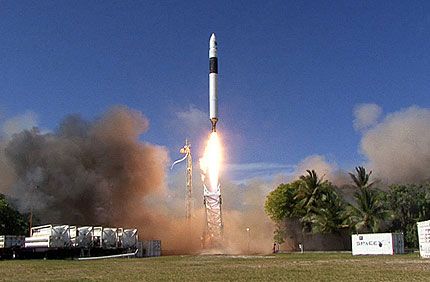hobbsyoyo
Deity
- Joined
- Jul 13, 2012
- Messages
- 26,575
Flotation is not the same as zero gravity. You still feel gravity when you are buoyant, so that concern doesn't go away. I'm not sure if they have done gestation studies in space on mammals. Yeah, cesareans are a thing but my specific concern is that they might grow too large before they are actually viable. And that's putting aside birth defects that may pop up as a side effect of zero-g or low-g gestation. And we can both think of very simple scenarios of how this will play out but reality tends to be much messier than you or I can predict.





